If you're looking to build hip strength, sculpt your glutes, and improve overall lower body stability without heavy equipment, side leg raises deserve a spot in your weekly routine. This classic yet often overlooked exercise is not only beginner-friendly, but it also packs powerful results when done consistently—with benefits that extend far beyond aesthetics.
What Are Side Leg Raises?
Side leg raises—also known as side leg lifts, lateral leg raises, or side-lying leg raises—involve lifting one leg away from your body while lying on your side, standing, or using resistance equipment. The move primarily targets the hip abductors, a group of muscles on the outer thigh and glutes that stabilize your hips and pelvis.
Whether you're doing lying side leg raises, standing side leg lifts, or cable lateral leg raises, the mechanics stay similar: lift the leg sideways and control the motion, focusing on form over speed.
Muscles Worked During Side Leg Raises
You might be surprised how many important muscles are activated by such a simple movement. Side leg raises mainly work:
-
Gluteus medius and minimus (outer glutes)
-
Tensor fasciae latae (TFL)
-
Hip flexors
-
Obliques and core (for stabilization)
-
Adductors (when performing the return motion with control)
By strengthening these muscles, you're not just toning your legs—you’re also reinforcing essential joints like the knees and lower back.
Benefits of Side Leg Lifts
-
Improved Hip Mobility & Stability
Strong hip abductors reduce the risk of injuries and help maintain alignment during walking, running, and lifting. -
Toned Outer Thighs and Glutes
Lateral leg lifts isolate the sides of your glutes—an area many leg exercises overlook. -
Enhanced Core Engagement
Even though it's a leg movement, your core fires up to stabilize your spine throughout the lift. -
Better Balance and Posture
This movement enhances neuromuscular control, which is especially helpful for older adults or athletes recovering from injury. -
Joint-Friendly and Equipment-Free
Great for home workouts, physical therapy, or recovery days, especially for people with knee pain or limited access to weights.
How to Do Side Leg Raises Properly
Lying Side Leg Raise:
-
Lie on your side, legs extended straight.
-
Rest your head on your lower arm, place the other hand in front of you for balance.
-
Keep your toes pointed forward or slightly down.
-
Slowly lift the top leg until you feel your glutes engage.
-
Pause, then lower with control.
Standing Side Leg Lift:
-
Stand tall with hands on hips or holding onto a chair or wall for support.
-
Shift weight to one leg and lift the other to the side.
-
Keep your torso stable—avoid leaning.
-
Lower slowly and repeat.
Aim for 3 sets of 10–15 reps per side, gradually adding resistance bands or ankle weights as you get stronger.
My Experience: A Game-Changer for Hip Strength
I started incorporating side-lying leg lifts into my own recovery routine after a minor back injury limited my ability to squat or lunge. Within a few weeks, I noticed more control in my hip movements and less discomfort during daily activities. Even now, after returning to full-strength training, I keep this move in my rotation for its simplicity and effectiveness. It’s a reminder that you don’t always need heavy weights to feel the burn—or to see results.
Common Variations and Add-Ons
-
Bent-leg lateral raises: Bend your top leg to 90° to target the glutes slightly differently.
-
Side-lying adductor lifts: Raise the bottom leg instead of the top to work your inner thighs.
-
Side leg lifts with resistance bands: Adds tension for muscle growth and endurance.
Frequently Asked Questions
What muscles do side leg lifts work?
Mainly the gluteus medius, minimus, TFL, and core.
Do side leg lifts make your hips bigger?
They can add tone and shape to the hips, especially the glute area, depending on your training and nutrition.
What are side leg raises good for?
They help improve hip strength, balance, posture, and prevent injuries from imbalanced movement patterns.
How many side leg raises should I do?
Start with 10–15 per leg for 2–3 sets, and increase reps or resistance as you progress.
Final Takeaway
Side leg raises might look simple, but they play a crucial role in strengthening your hips, improving your posture, and adding definition to your legs. Whether you're recovering from an injury, just starting your fitness journey, or looking for a focused lower-body burnout, this move delivers. Stay consistent, stay mindful of form, and don’t underestimate the power of going lateral.




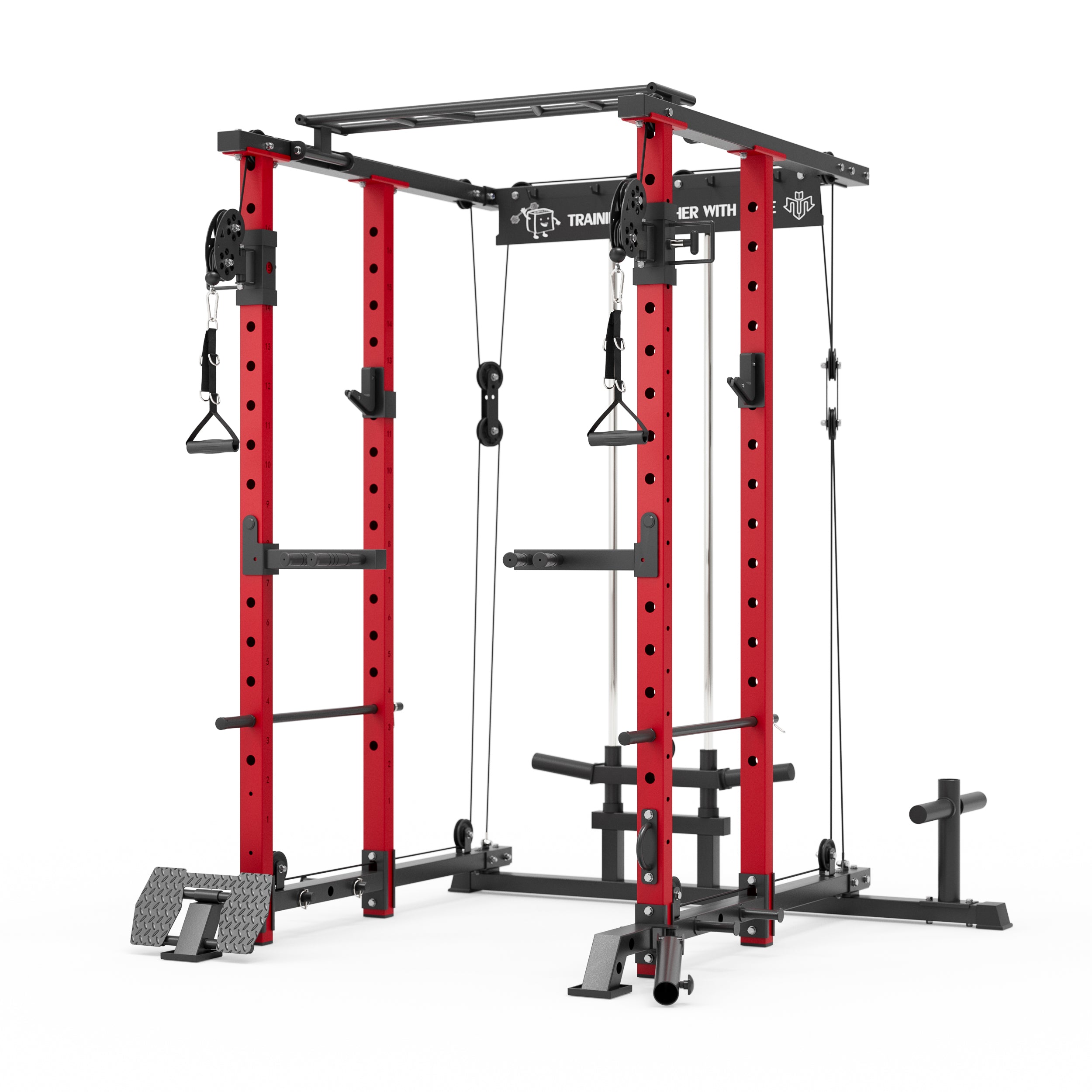


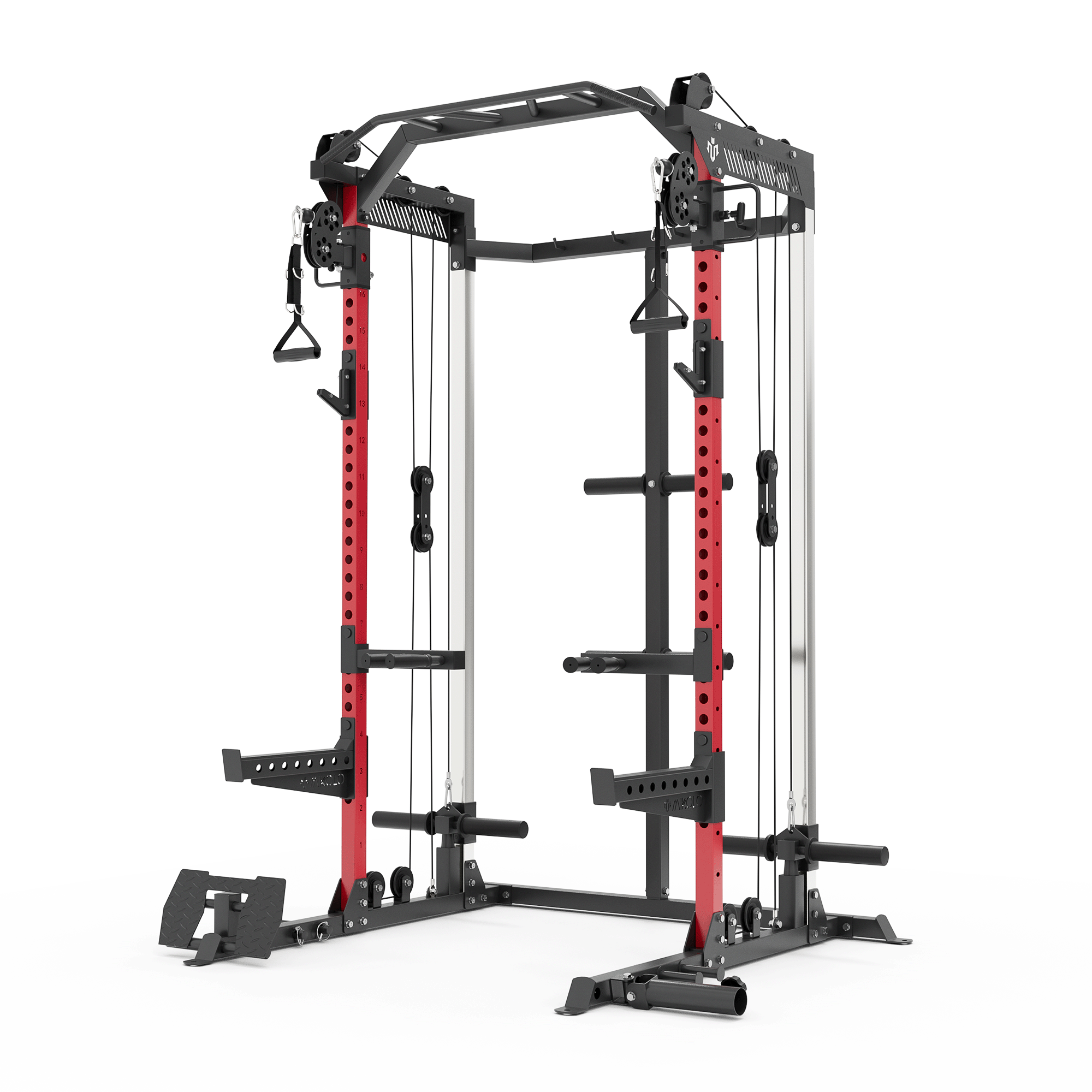




















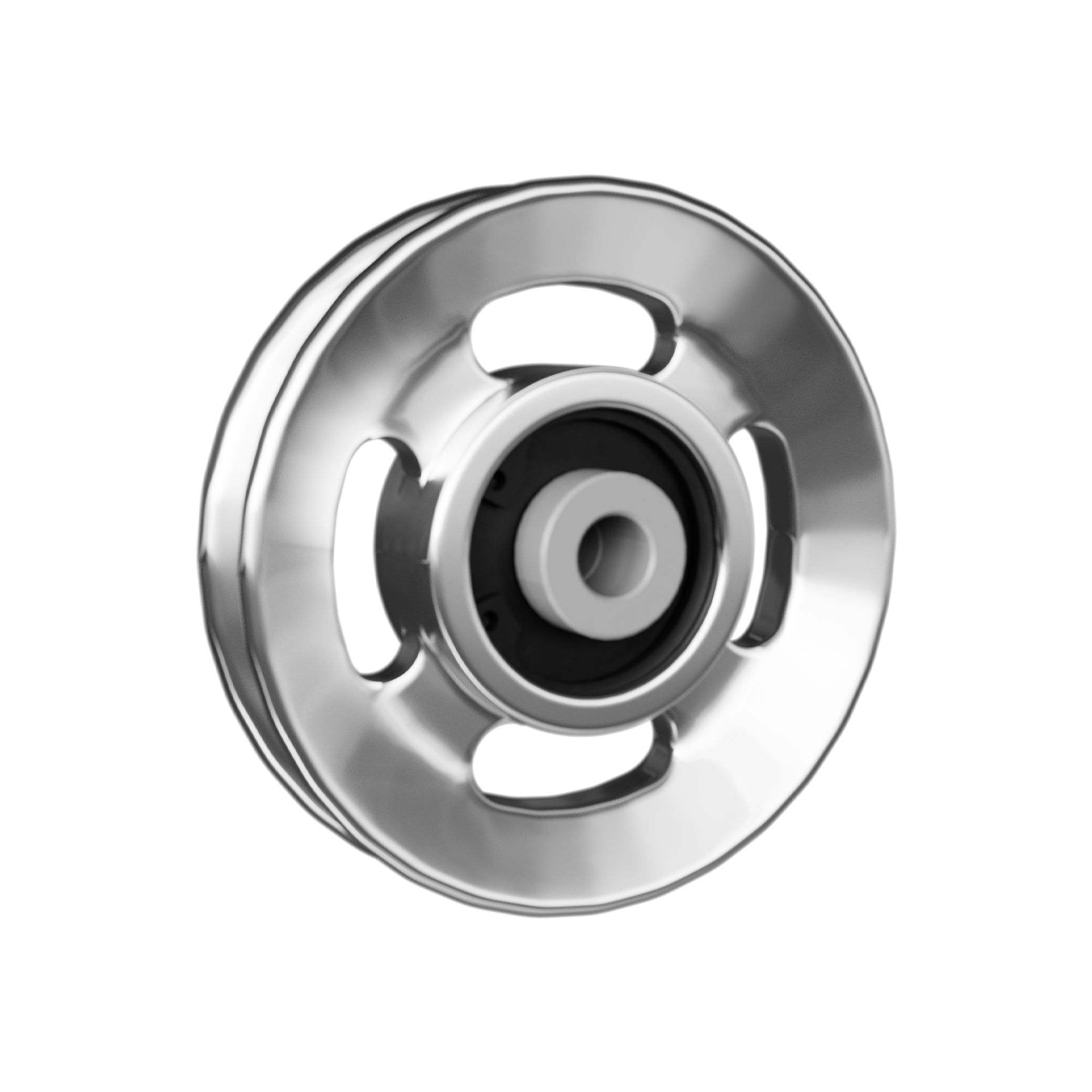



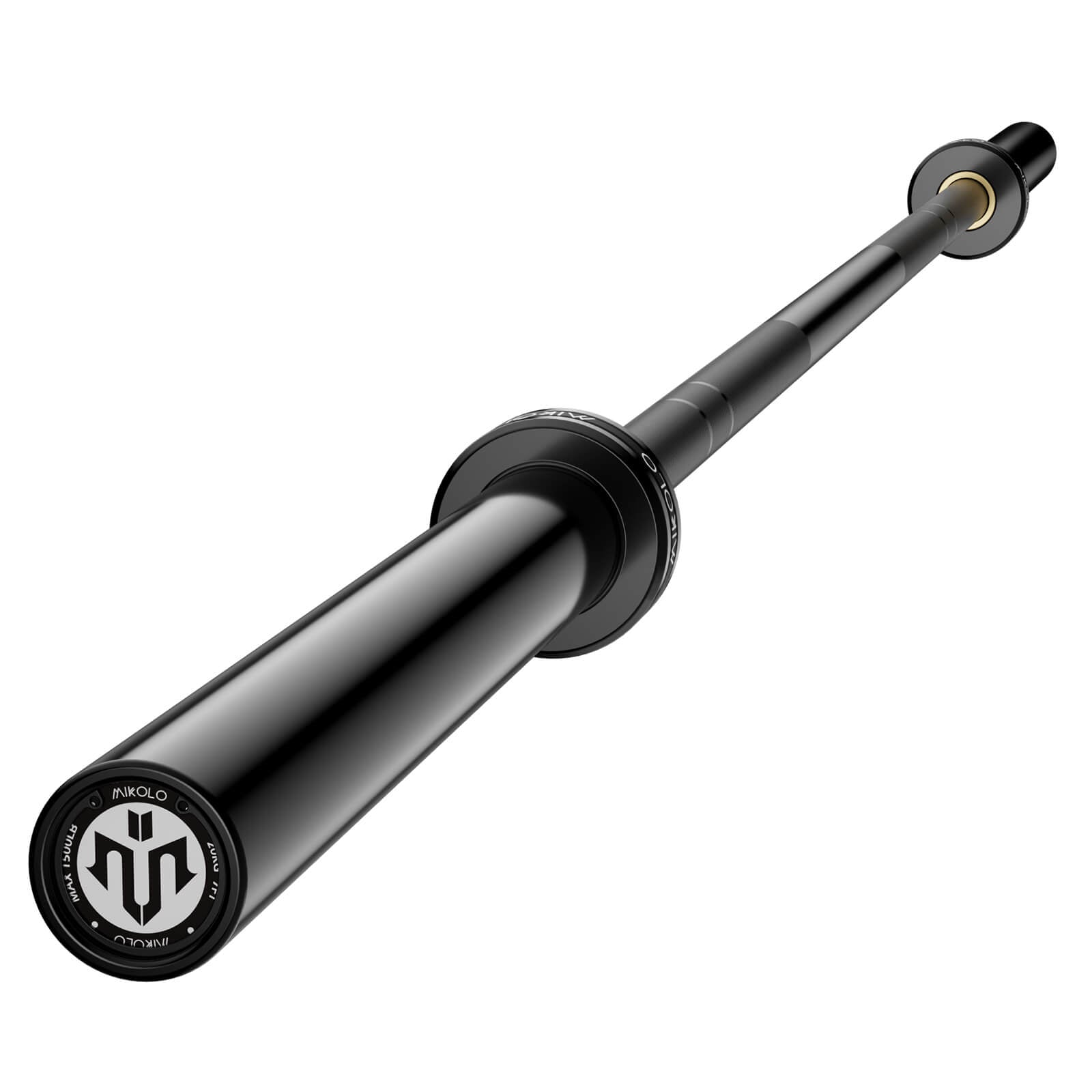




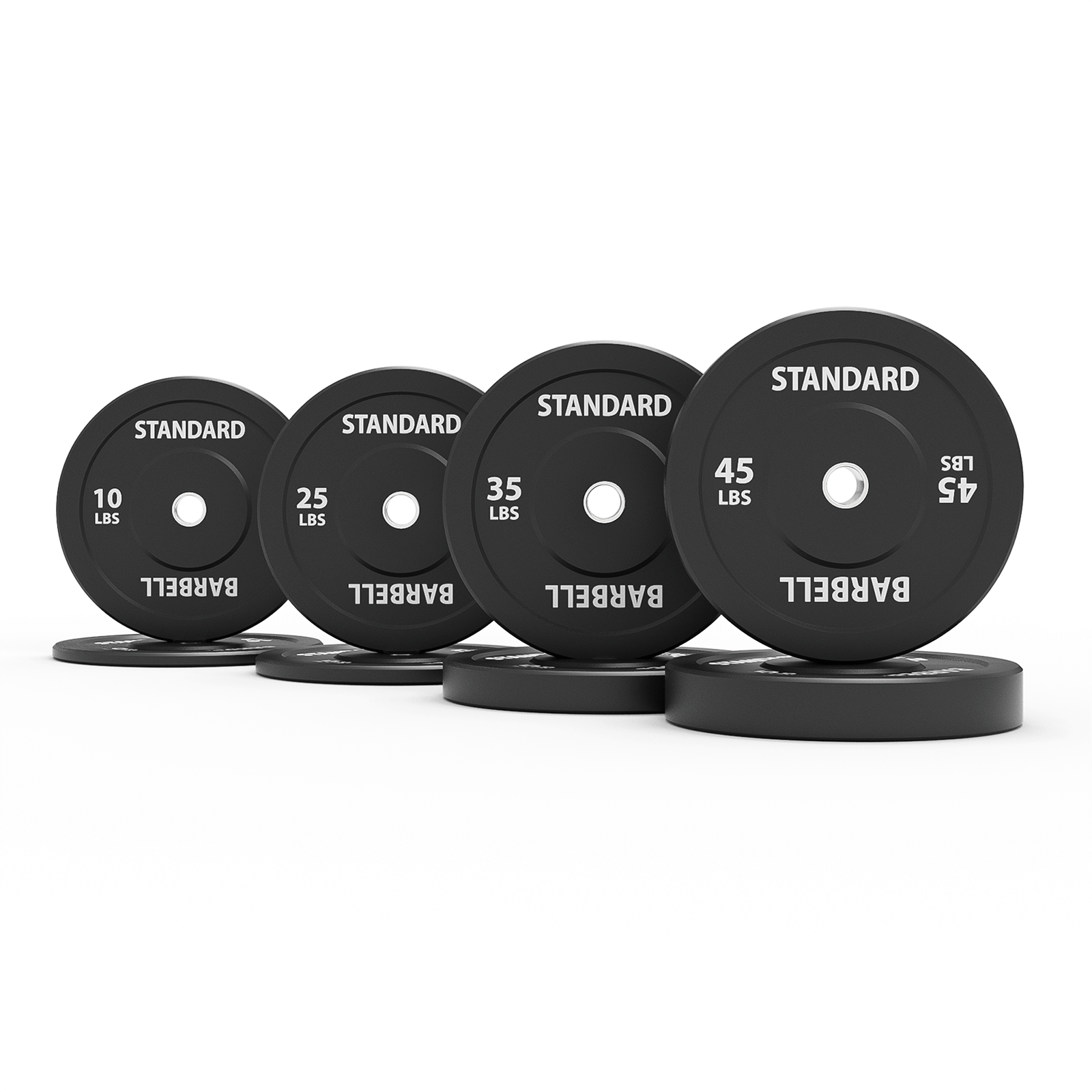




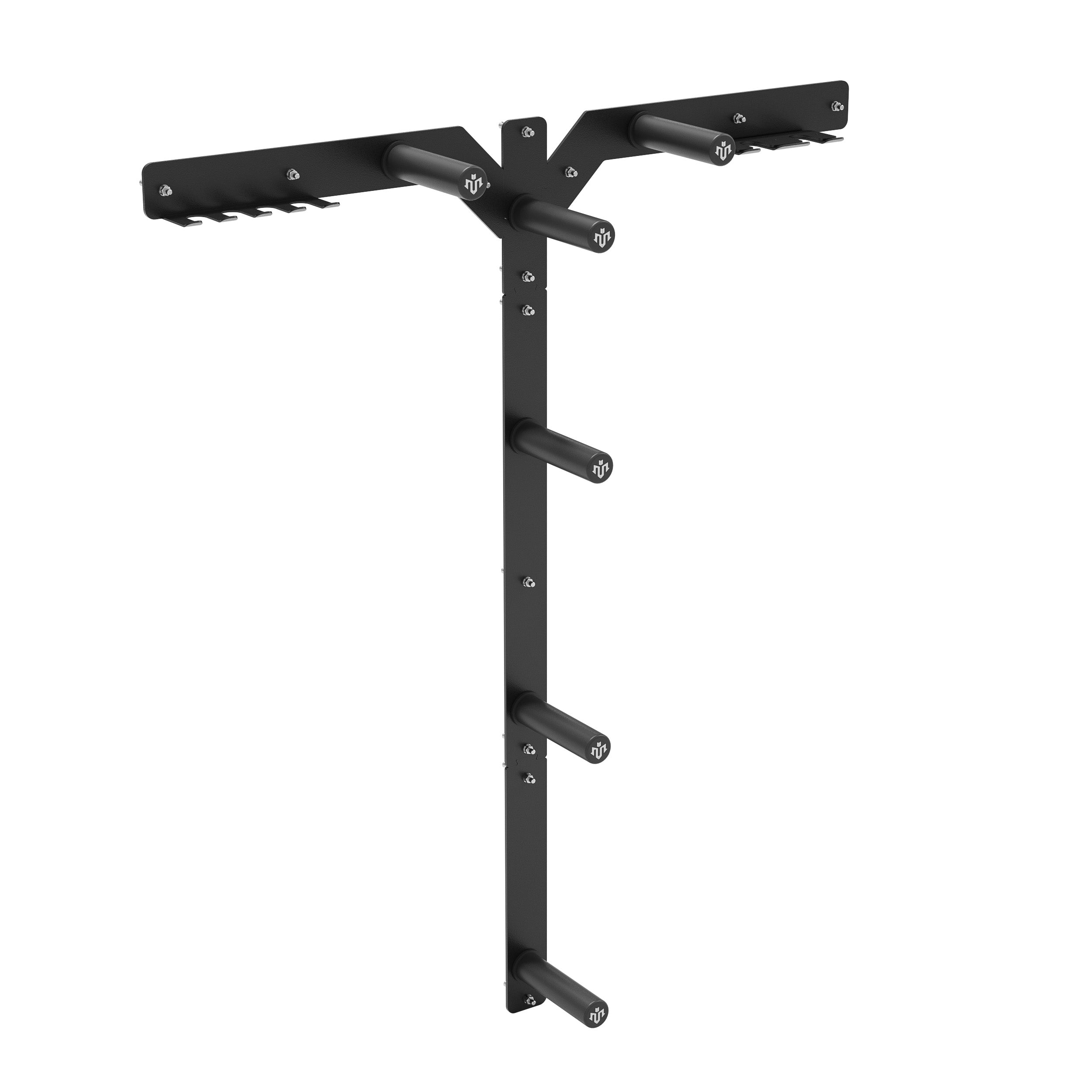




Leave a comment
This site is protected by hCaptcha and the hCaptcha Privacy Policy and Terms of Service apply.